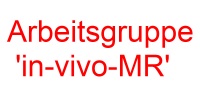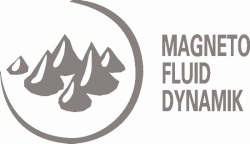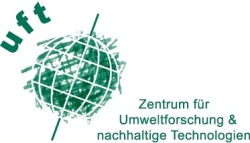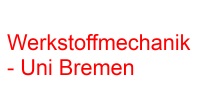Welcome to MIMENIMA
Micro-, meso- and macroporous nonmetallic Materials: Fundamentals and Applications
The research objective of the research training group MIMENIMA (Funding period: 1st of October 2013 – 31st of March 2023) was the conditioning and utilization of novel ceramics with pores in the micro (x < 2 nm), meso (2 < x < 50 nm) and macropores (x > 50 nm) range as well as the associated modeling methods and characterization techniques for particularly demanding technical applications in important areas of energy, environmental, process and space technology. In the process, numerous functions of ceramic structures were made possible that were previously unattainable in technological applications and will be summarized below by means of examples.
For example, symmetrical and asymmetrical ceramic membranes were created with interesting separation properties in microfiltration, for virus filtration, for the generation of emulsions, or through the incorporation of enzymes for the biotechnological generation of products, as well as for the study of capillary transport of storable liquids in pores of different geometries for future use in fluid handling in spacecraft. 3D-printed ceramics with hierarchical pore structures have also been produced in the form of bionanocomposites for biotechnological applications or electrically conductive hybrid ceramics as resistant electrodes for microbial fuel cells. Ceramic monoliths with spherical pores were used to develop a combination method of micro X-ray computed tomography (µ-CT) and nuclear magnetic resonance (NMR) tomography, which was used successfully for the first time, and which allowed transport phenomena in deep filtration processes to be investigated in a unique way and complemented by modeling. In addition, new catalysts for e.g. the important methanation of CO2 could be developed, their interaction with different ceramic supports could be investigated, their properties could be determined in novel in-situ NMR experiments and the processes could also be successfully modeled. Composites with nanoporous alumina or microporous alumina textiles were developed as new promising materials for wound healing. Dielectric particle separation has been successfully applied in porous structures and also in bulk SiO2 particles for selective switchable separation of polymer or metal particles.
The practical work was accompanied by a tailored study program and mentoring at different levels, qualifying and targeting the collegiate researchers for the different interdisciplinary challenges.
During the 9,5-years duration of the GRK 1860 MIMENIMA, the results have been set down in more than 145 publications, which have successfully demonstrated innovative ways in ceramic production and conditioning, described new three-dimensional analysis methods for mass transfer and published modelling methods developed far beyond the current state of the art.
Further details can be found in the publicly available DFG report.
This research training group is a close cooperation of eight research groups and institutes:









